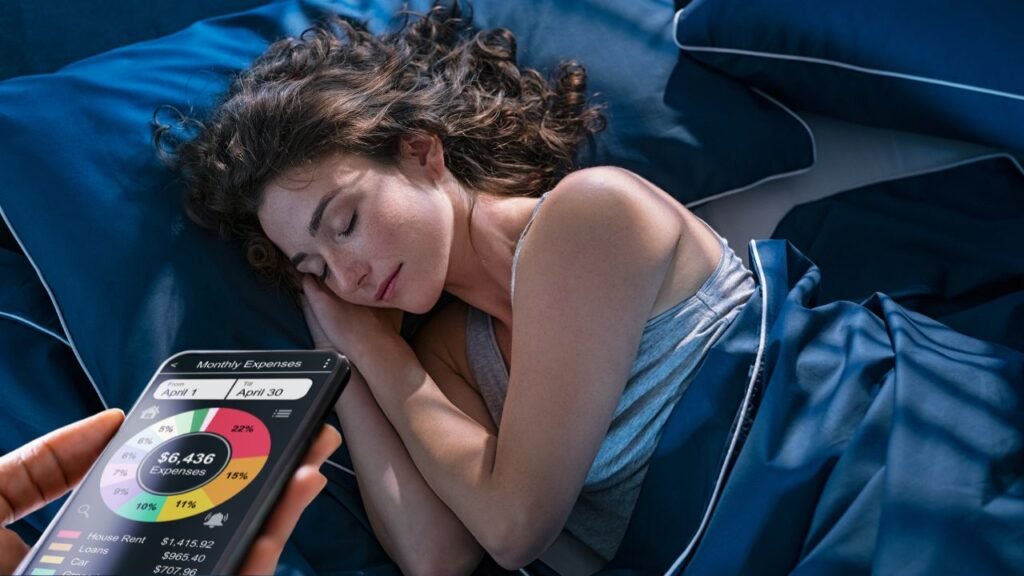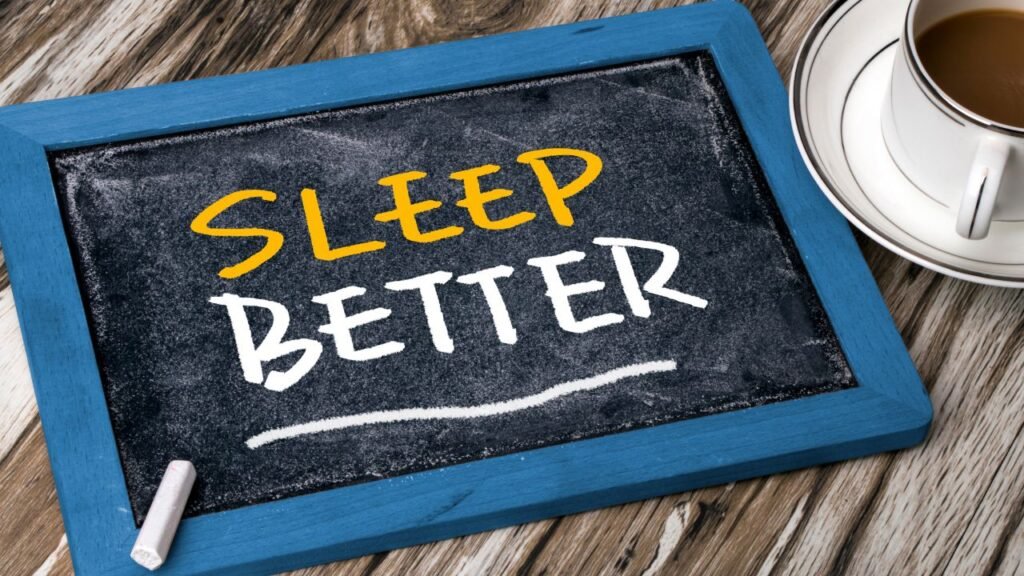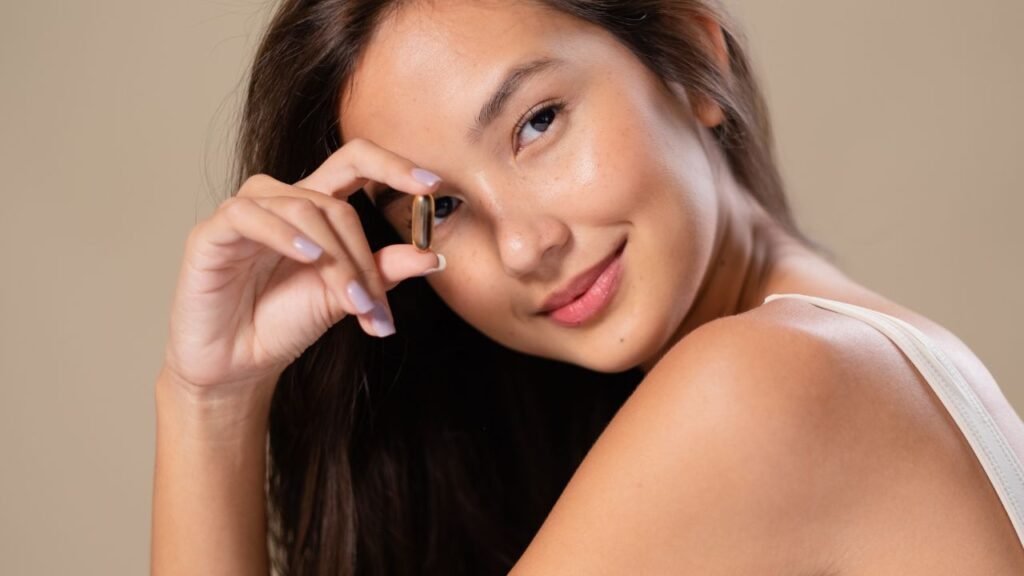Hi, friends. This is Emily Carter. With over 7 years of experience in health and fitness, I’ve helped thousands of people feel more energetic, sleep better, and get stronger using easy, science-backed habits. Today, I want to share something personal and eye-opening.
I tracked my sleep for 30 days straight, and what I learned surprised me. Some changes were small, but others changed how I live every single day.
Why I Started Tracking My Sleep

I’ve always known sleep is important. We hear it all the time:
“Get 8 hours of sleep!”
But I wanted to know more. How deep was my sleep? Was I waking up during the night? Was my brain really resting?
So, I got a sleep tracker. It was easy to wear and gave me real info every morning. I wrote down my results every day for a full month.
Week 1: I Thought I Slept Fine, But I Was Wrong

At first, I was shocked.
Even though I went to bed at 10:00 PM, my sleep score was low.
I tossed and turned more than I thought. My deep sleep was short. I woke up tired.
I realized something: just lying in bed is not the same as good sleep.
Week 2: I Made One Simple Change, It Helped Fast

I stopped using my phone 1 hour before bed.
No TikTok. No emails. No scrolling.
Guess what? My sleep got deeper.
I fell asleep faster. I stayed asleep longer. And I woke up feeling more refreshed.
Sometimes, the easiest fix is just turning off the screen.
Week 3: I Tested Sleep Supplements

I tried a magnesium supplement three nights a week.
It didn’t knock me out. But it made my body feel relaxed.
My sleep score improved a little, and I had fewer night wake-ups.
I don’t use it every night, but now I keep it in my biohacking toolbox.
Week 4: I Created a Bedtime Routine

Just like kids, adults need bedtime routines too.
I started doing three things every night:
- Warm shower
- Chamomile tea
- Reading for 10 minutes
This combo sent a signal to my brain: It’s time to rest.
My deep sleep increased, and I started dreaming more, a sign of healthy REM sleep.
My Biggest Takeaway After 30 Days

Sleep isn’t just “something we do.”
It’s the foundation of our energy, mood, focus, and health.
The biggest things that helped me were:
- Turning off screens early
- Sticking to a bedtime
- Using simple tools like tea or magnesium
- Letting my brain slow down before sleep
Tracking my sleep didn’t just give me numbers. It gave me control.
Want Better Sleep? Try This Tonight:
Here are 3 easy steps you can try starting tonight:
- Turn off your phone or TV 1 hour before bed
- Drink warm herbal tea (no caffeine)
- Write down what time you go to bed and how you feel when you wake up
Track it for 7 days. You might be surprised.
Final Thoughts
Biohacking doesn’t have to be complicated.
Simple changes can lead to big results.
Tracking my sleep for 30 days taught me that small habits matter and they add up.
Now, I sleep better, feel calmer, and wake up ready for the day. You can do it too.
With over 7 years of experience in the health and fitness space, I’ve helped thousands of people improve their energy, sleep better, and feel stronger through simple, science-backed habits. My mission is to break down complex health trends into easy, actionable steps that fit real life!
